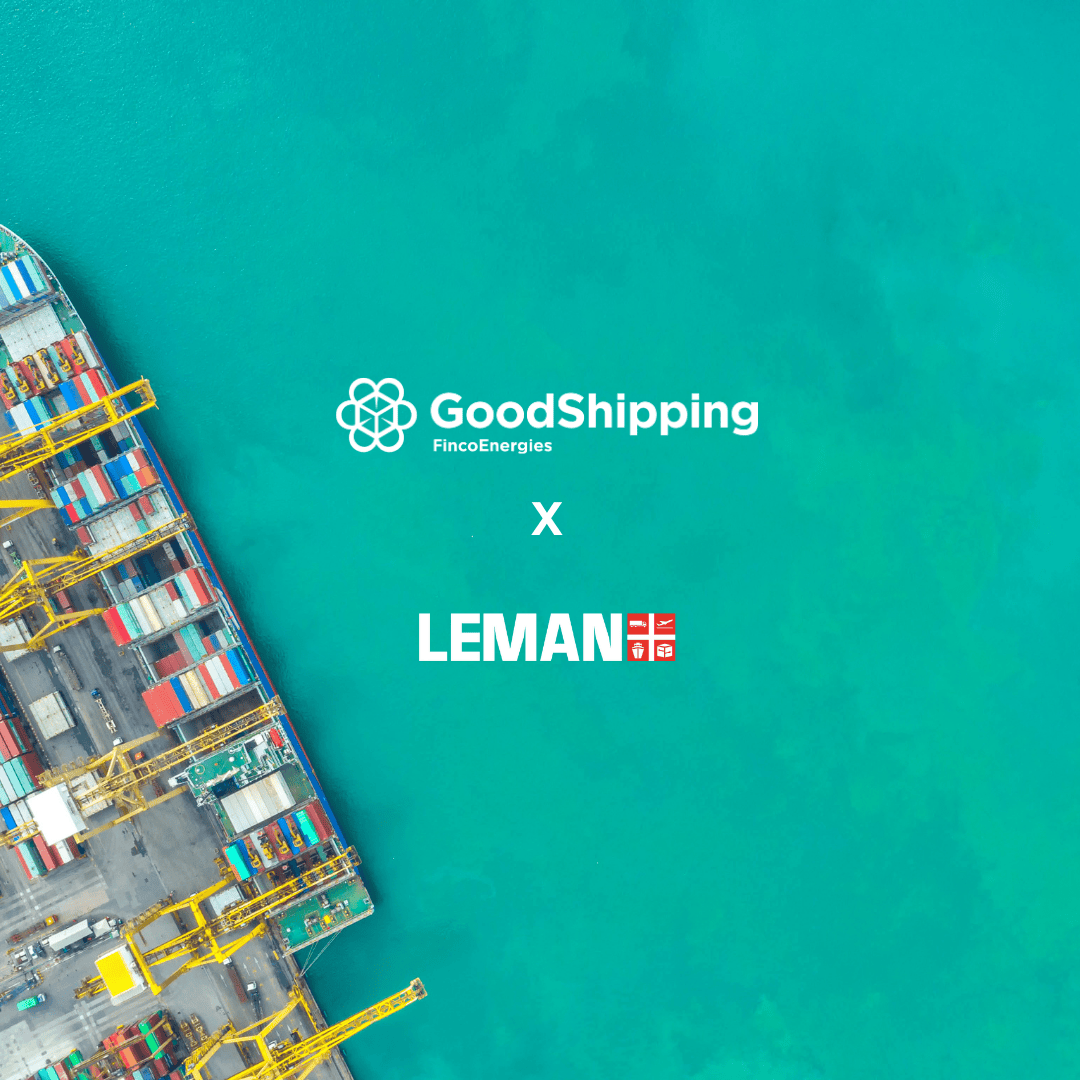Driving bold sustainability action: How to win internal support for Transportation Insetting


For sustainability and logistics managers, the path to bold climate action often involves navigating internal hurdles to secure buy-in from key stakeholders.
Whether it’s advocating for the purchase of carbon insets to reduce Scope 3 transportation emissions or proposing insetting as a value-added service for your customers, the challenge lies in aligning sustainability goals with the broader business strategy.
Our latest insight article offers practical insights on building a compelling case for insetting, emphasising value creation as the foundation of your approach.
1. Pitch the tangible value of insetting to internal stakeholders
To gain traction with internal stakeholders and senior management, focus on the tangible value that insetting initiatives bring to the business. Tailor your pitch to highlight:
- Customer loyalty and differentiation: For freight forwarders, offering insetting as a service positions your company as a forward-thinking partner, helping customers achieve their own sustainability targets.
- Risk mitigation: Demonstrate how insetting aligns with emerging regulations such as FuelEU Maritime, mitigating compliance risks while staying ahead of industry trends.
- Cost Efficiency: While upfront costs may seem daunting, explain how insetting can result in long-term operational efficiencies, such as reducing exposure to fluctuating carbon taxes.
- Preparing in advance of a compliance market: While it is not required by law to reduce your scope 3 transportation emissions, already investing in insetting can stand you in good stead, enabling you to learn the ropes ahead of time.
2. Build a coalition of internal allies
Identify internal allies who share your commitment to sustainability and can amplify your message. Look for:
- Finance teams: Collaborate to quantify the ROI of insetting investments, using metrics that resonate with decision-makers.
- Sales and Marketing: Show how insetting aligns with the brand’s sustainability commitments and enhances its appeal to environmentally conscious customers.
- Operations teams: Highlight operational benefits, such as improved supply chain transparency and resilience.
- Sponsor: Ensure you already have at least one sponsor internally at Senior Executive/ Board level supporting your cause to convince other stakeholders by demonstrating their commitment.
3. Frame sustainability as a strategic imperative
Sustainability is no longer a “nice-to-have”—it’s a business-critical strategy. Present insetting as a core component of your company’s future success:
- Highlight industry leaders already implementing insetting and the competitive advantage they’re gaining.
- Use data to show the rising demand for sustainable solutions among customers and investors.
- Emphasise the reputational risks of inaction and the potential for positive recognition through early adoption.
4. Leverage real world success stories
Bring the concept of insetting to life with compelling case studies or pilot project results. Show how other organisations have successfully reduced Scope 3 emissions or generated new revenue streams through insetting. If your company has tested insetting at a smaller scale, use those results as proof points for broader implementation.
5. Align with broader corporate goals
Tie your proposal to overarching business priorities, such as:
- Your Net-Zero commitments: Demonstrate how insetting accelerates progress toward Scope 3 reduction targets.
- Commitment to innovation and sustainable growth: Frame insetting as part of the company’s commitment to innovation and staying ahead of industry trends.
- Stakeholder expectations: Highlight increasing pressure from customers, investors, and regulators for bold climate action.
6. Address concerns with clarity
Anticipate and proactively address potential objections, such as cost concerns or operational complexity. Arm yourself with clear answers to common questions:
- "Is this a cost or an investment?" Explain how insetting delivers value through brand differentiation, compliance readiness, and customer retention.
- "How do we measure impact?" Highlight the robust methodologies for tracking emission reductions and showcasing results.
- "How do we get started?" Propose a phased approach, starting with a pilot program to minimise risk and build confidence.
7. Inspire action with vision
End your proposal with a powerful vision of what success looks like. Draw on examples from others in the same industry. Paint a picture of a future where your company leads the way in decarbonising transportation, creating value for customers, stakeholders, and the planet.
Bold sustainability actions require bold leadership, and securing buy-in is a critical step in driving meaningful change. By framing insetting as a strategic opportunity rooted in value creation, sustainability and logistics managers can inspire internal stakeholders to take the next step toward a more sustainable and profitable future.
At GoodShipping, we’re here to support you in making the case for insetting with tools, insights, and tailored solutions such as a workshop for you and your team.
Ready to take the leap from ambition to action? Schedule a call with one of our GoodShipping team or to discuss a more in-depth team workshop.






